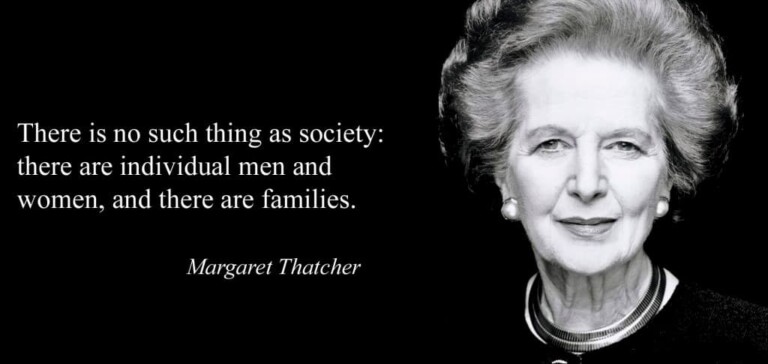Tony Blair’s Project (1997-2007)
In its 1997 General Election Manifesto, entitled New Labour: Because Britain Deserves Better, ‘New’ Labour laid out its case to the electors :
I want a Britain that is one nation, with shared values and purpose, where merit comes before privilege, run for the many not the few …(p. 1)
We are a broad-based movement for progress and justice. New Labour is the political arm of none other than the British people as a whole. Our values are the same : the equal worth of all, with no one cast aside … (p. 2)We will make education our number one priority … (p. 6)
We will promote personal prosperity for all … (p. 10)
We will get the unemployed from welfare to work … (p. 18)
We will save the NHS ,.. (p. 20)
We will be tough on crime and tough on the causes of crime …(p. 22)
We will strengthen family life .,. (p. 24)
This programme seemed to strike a chord among electors after 18 years of Conservative Government and the Labour Party was swept into office. In 2001, once again the Labour Party laid out its plans for a second term in its Manifesto entitled New Labour New Britain- Ambitions for Britain.





